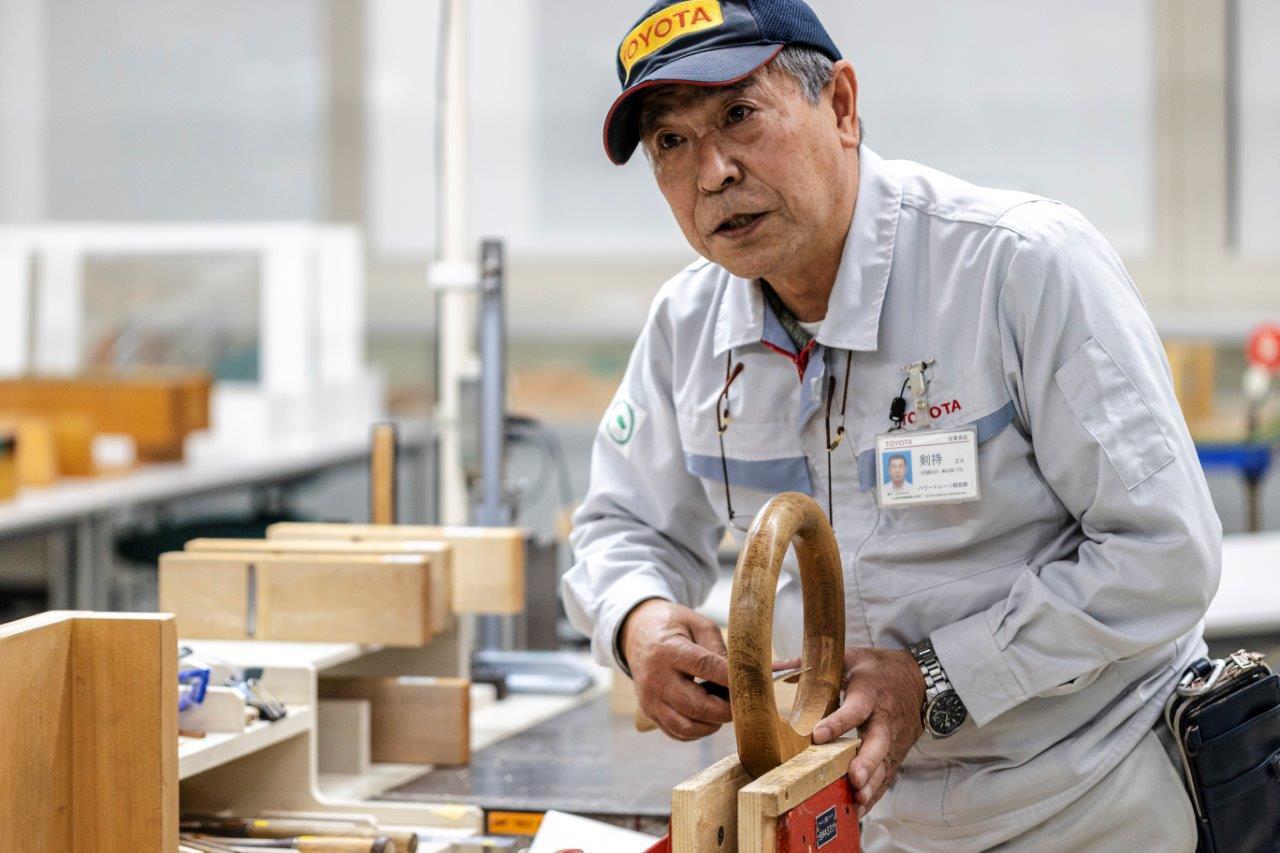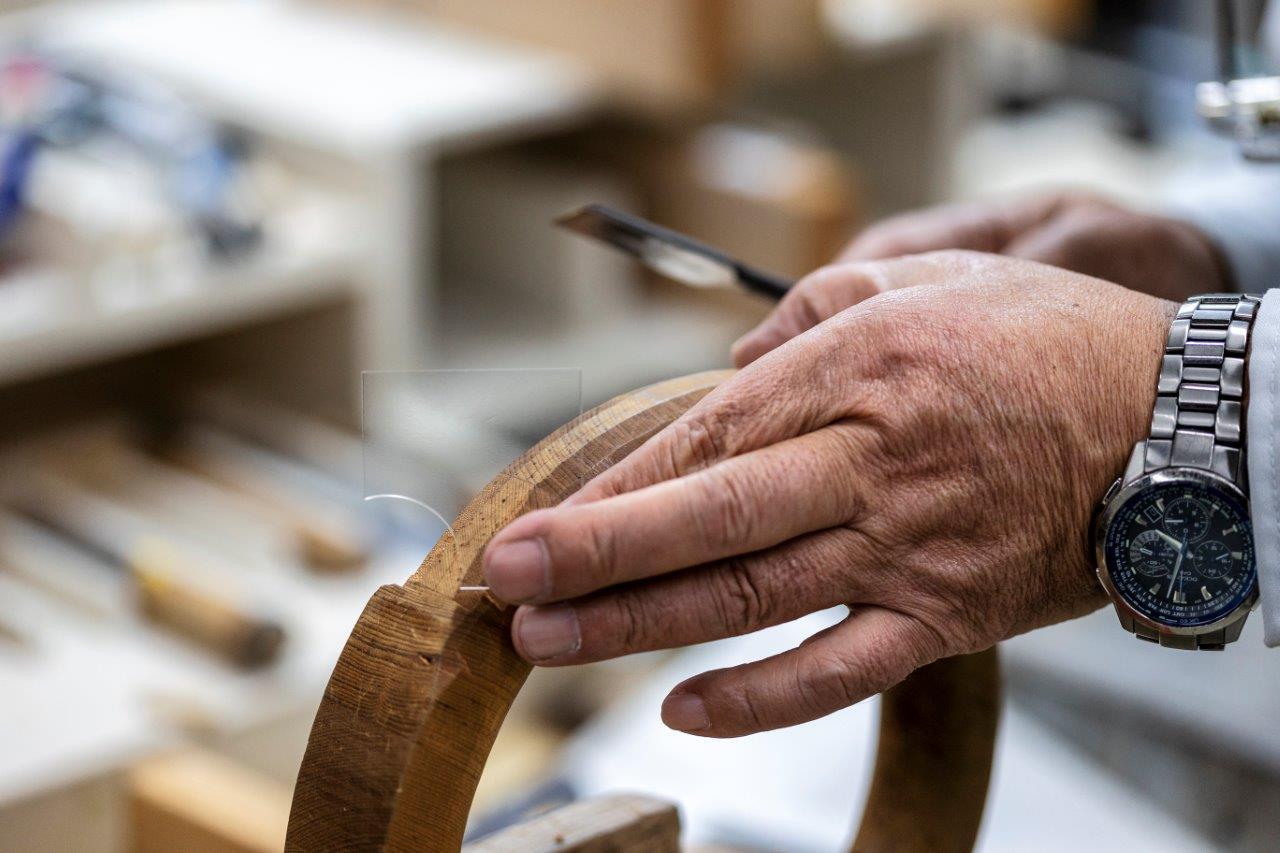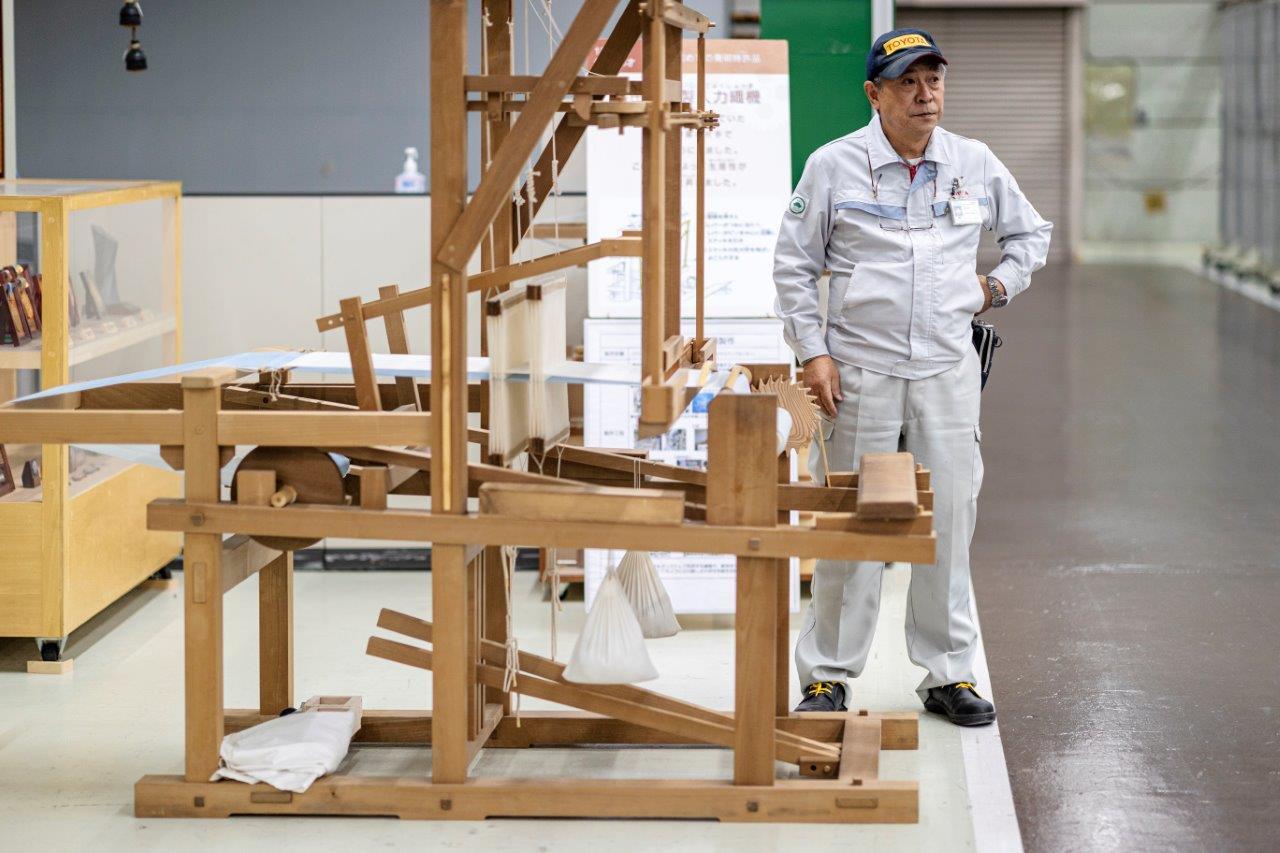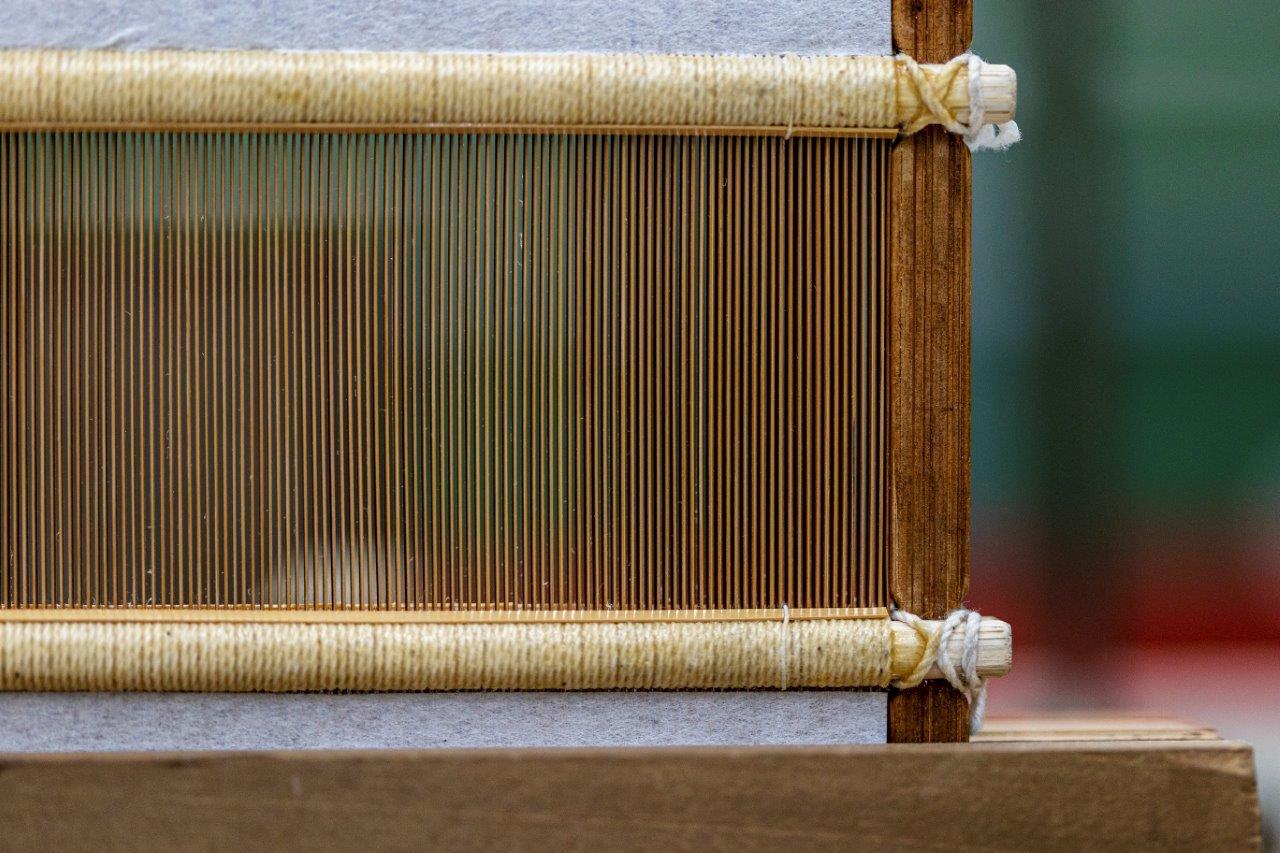
Toyota Times uncovers the essence and core strength of the traditional Japanese monozukuri, which is woven from the past into the future. The first interviewee is a master woodworker who also has experience working on motorsports engines.
What defines monozukuri: Passing on unquantifiable skills to the future
These types of monozukuri skills involving thinking beyond the drawings aren’t entirely quantifiable, but rather instinctual. However, these unquantifiable skills are precisely what is now critical for Toyota’s monozukuri in the future. These defining skills must be passed on.
These skills used to be verbally passed down from seniors to juniors in the workplace. However, monozukuri tools and methods have dramatically progressed over time. As a trainer, Kenmochi is currently working to find new ways to pass on these specialized wooden mold making skills.
“We currently use 3D CAD/CAM software* to design parts instead of the previously used 2D drawings. Therefore, modern wooden mold making utilizes a method implementing mechanical tools equipped with NC (Numerical Control) derived from CAD/CAM data to carve materials. That said, the human touch is still essential for final adjustments to machine-carved wood. That's why, now and for the future, we must pass on those defining skills of the wooden mold craftsperson.”
*CAD (Computer Aided Design) is a tool used to draw blueprints on the computer. CAM (Computer Aided Manufacturing) is a tool to operate mechanical tools based on the drawings created in CAD.


Young members under Kenmochi’s guidance are first handed a blueprint by him. They figure out how to make the wooden shape that matches the blueprint by themselves. Then, they carve the wood to make the mold with their own hands. Additionally, they create a boilerplate using the wooden mold and finish making the casting in the blueprint.
They learn Toyota’s unquantifiable defining monozukuri skills with their mind, body and intuition during this training process.
Kenmochi continues to educate himself to adapt to the progress of monozukuri methods. He has taught himself how to design using CAD/CAM software and constantly works hard and challenges himself every day to advance from a wooden mold craftsperson to become a creative designer.
He says, “I’d like to create anything that’s needed with the help of CAD/CAM technologies, including but not limited to wooden molds.”

Among his many challenges, one of the greatest accomplishments was the reconstruction of the Toyota wooden self-powered loom, the genesis of Toyota’s manufacturing, invented in 1890 by the then 24-year-old Sakichi Toyoda, father of Toyota founder Kiichiro Toyoda.
Kenmochi drafted a blueprint by taking measurements from the actual preserved machine, and simulated the action of the moving parts by creating a 3D model using CAD. He even managed to perfectly reconstruct the bamboo reed that is a crucial part of the machine, but which very few highly-precise expert art craftspersons can currently build due to its processing accuracy of 0.02 mm.

Kenmochi said, “This loom invented by Sakichi to make his mother’s life easier and improve the world with technology, became the origin of Toyota’s monozukuri philosophy. While working on this project I felt the old man’s passion and persistence in my own body through my eyes and fingertips.”
Work that turns the virtual into reality is the key
The recent growth of 3D CAD/CAM software is making blueprints obsolete in the monozukuri workplace. Even blueprints are becoming virtual data instead of actual things. In addition, 3D printers that realize such data are becoming massively popular.
At the same time, Kenmochi, who himself uses 3D CAD/CAM software and 3D printers, points out the risk of relying on these machines too heavily.
“There are too many people who mistakenly think that monozukuri is accomplished only by completing designs in CAD. This concerns me. The design made in CAD only serves as the virtual starting point for a product. The real monozukuri is the process of using that design to figure out what facility, production line and methods are needed to realize the product.”
Think about the process, shape then create. Only a real human being with the mastery of unquantifiable defining skills can understand what’s happening inside automated machines and control them.
Monozukuri at Toyota is supported by people like Kenmochi, who have mastered such defining skills. For Toyota’s monozukuri to continuously grow, the skills of these craftspersons must be passed down.
(Text: Yasuhito Shibuya, photo: Akira Maeda)

